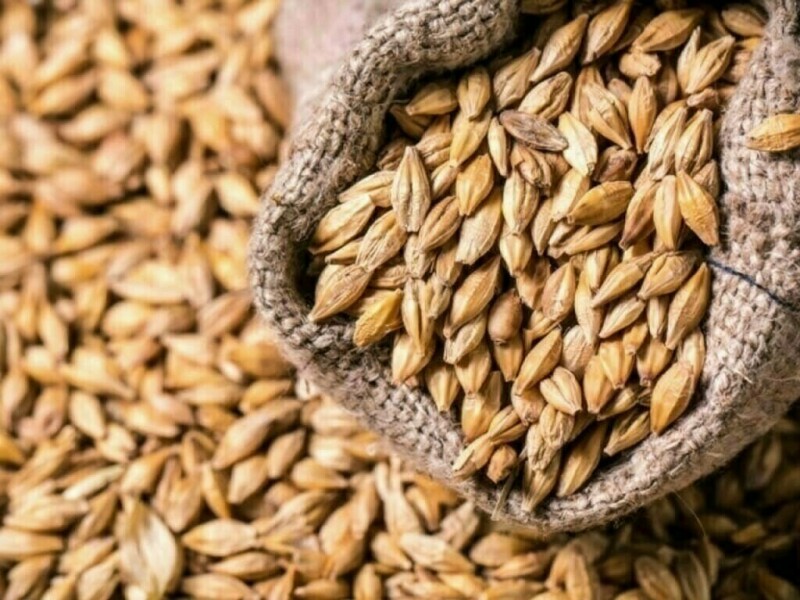BEIJING: Chicago wheat futures firmed on Friday to hover near their highest levels in two months, as supply concerns rose due to escalating tensions in the vital Black Sea region.
Corn rose for a third consecutive session despite the US Department of Agriculture (USDA) unexpectedly raising the US yield outlook, while soybeans also firmed.
The most-active wheat contract on the Chicago Board of Trade (CBOT) rose 0.43% to $5.81 a bushel by 0447 GMT.
It touched its highest since July 7 in the previous session.
The soybean contract was up 0.15% to $10.12-1/2 a bushel, while corn gained 0.62% to $4.08-3/4 a bushel.
Ukraine accused Russia on Thursday of using strategic bombers to strike a civilian grain vessel in a missile attack in Black Sea waters near NATO member Romania, escalating tensions between Moscow and the military alliance.
“The global wheat outlook is still forecasting supplies held by major exporters near multi-year lows,” Bergman Grains Research said in a note.
The USDA raised its forecast for US corn production and yields on Thursday, surprising traders who had expected declines following a spell of dry summer weather. It also trimmed its projection for soybean production in a monthly report, though the crop is still expected to be the largest ever.
“The bean report wasn’t as bearish as feared, but we’re still looking at near burdensome global bean supplies,” Bergman Grains Research said.
India to buy soybeans to help farmers reeling from losses
Farmers who participated in US crop subsidy programmes reported “prevented plantings” for Sept. 3, 2024 of 2.674 million acres of corn, up from 2.67 million acres reported a month ago, 0.775 million acres of soybeans versus 0.775 million acres last month, 0.390 million acres of wheat versus 0.389 million acres last month, the USDA said.
Argentine wheat fields need more rainfall in the coming weeks, the Buenos Aires Grain Exchange said, noting that dry weather has harmed the crop in some western areas as the southern hemisphere’s spring fast approaches.
Soil moisture in the Brazilian states of Mato Grosso and Parana, two of the three largest soybean producers in the country, is at its lowest level in 30 years, creating challenging conditions for planting, according to the EarthDaily Agro company.
Brazil’s soybean imports are expected to hit their highest in over two decades this year while production is seen down from last year’s record and a notch below earlier forecast, oilseed crushing group Abiove said.
There is a 71% chance of La Nina weather conditions developing during the September to November period, a US government forecaster said.
Commodity funds were net buyers of CBOT soyoil, soybean and soymeal futures contracts on Thursday and net sellers of wheat and corn futures, traders said.

Source: Brecorder




























